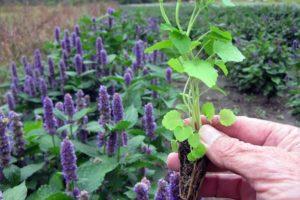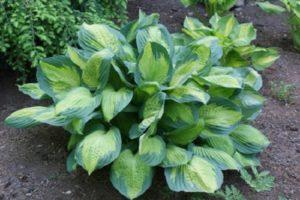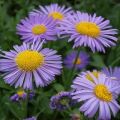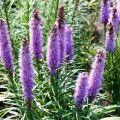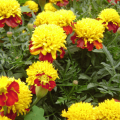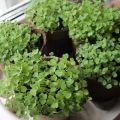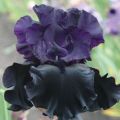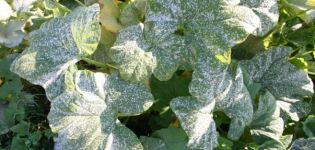Growing and caring for Tom Samb balsam at home
In order to decorate their garden, people plant a variety of plants. These can be flowers typical for any flower bed, arranged in an unusual way, or there can be rare plants. For example, Tom Samb balsam is considered a rather unusual flower. It has pompous and incredibly beautiful flowers that will decorate any garden.
Botanical description
It is an annual herb grown in China. The stem length can range from twenty to seventy centimeters, although white balsam may exceed this figure. In the people, this flower was aptly called "balsamic touch", because it reacts extremely negatively to touch, especially to the petals.
Origin
The homeland of the plant is China, India and Central Asia. Moreover, from the moment of arrival from those places, the plant perfectly adapted to new living conditions, namely, to temperate latitudes.
Appearance and features
Plants are perfect for growing in shady areas. They have thick, heart-shaped leaves that are opposite each other. Height varies from variety to variety, but, on average, is in the range of 20-70 centimeters. The petals open very wide during flowering.
The plant is very sensitive to touch, so if you touch it carelessly, it can lose several petals or leaves, which do not hold very tightly on the stem.

Balsam does not grow very well at home, if it is not located on a loggia or in a free-standing pot, close to the window.
Varieties
Over the entire long history of breeding, balsam was divided into about five hundred species, which differ in color, size and even shape. For example, the dwarf Tom Samb is very different from the garden one. Below are some of the most popular varieties.
Scarlett
Scarlett has an average stem height of up to forty centimeters. Like all balsams, it is shade-tolerant. It has bright red, double petals. Suitable for growing both in the garden and on the loggias. Can also be grown in greenhouses.
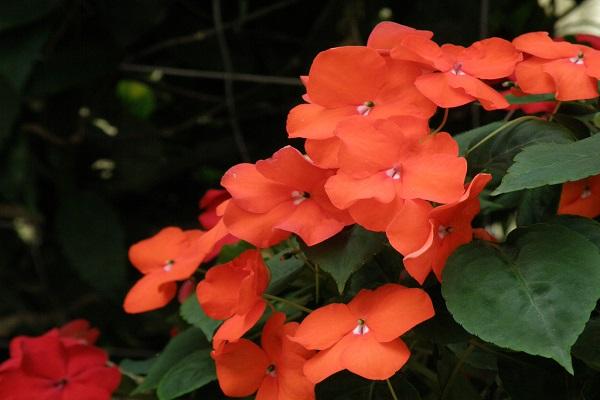
Salmon
An even smaller variety, reaching a height of 25 centimeters. Due to this, it can be grown both in a flower bed and on a windowsill. The petals are pink, resembling salmon meat in their color, which explains its name - Salmon.
White
The smallest of those on this list is between ten and twenty centimeters in height. The flowers are white.If planted in March, then the white Tom Samb will begin to bloom in four months, and will delight with its flowers until the end of September.
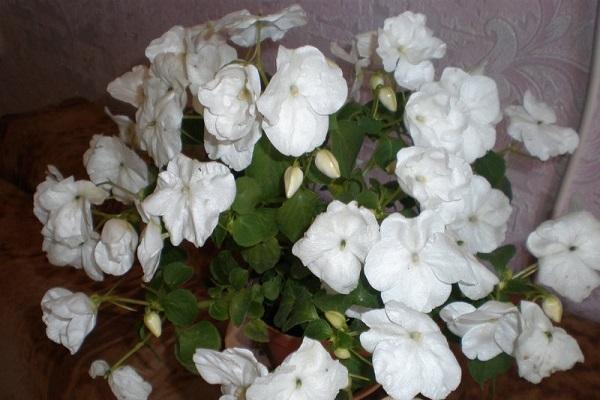
Planting tips
Like any other flower, Tom Samba has its own peculiarities related to planting, so it will not be superfluous to heed the advice of experienced gardeners.
Preparing the soil
If the land itself is poor, then it is worth fertilizing it with a small amount of peat and humus. It is worth digging holes for plants at a distance of about thirty centimeters from each other. This will give the flowers enough room to blossom without fighting each other for space and nutrients.
You can start disembarking as soon as the frost ends.
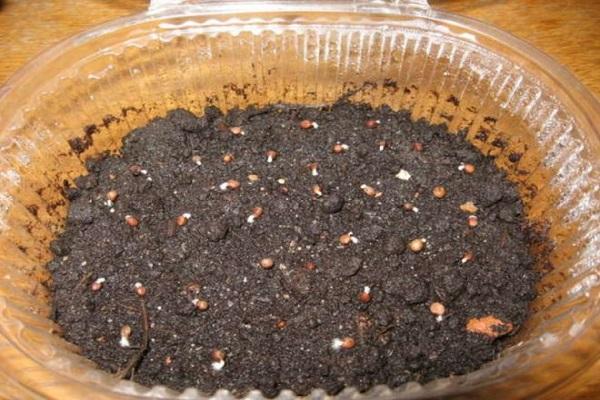
Choosing a place
For these touchy ones, those places that are reliably protected from the wind are well suited. It is also worth considering that they grow well in sunny or slightly shaded places. Ideally, you should find a place that will be in the shade from noon to three o'clock.
Growing and care
In order for Tom Samb to show itself in all its glory, it is worth not only carefully choosing a place for planting, but also looking after it throughout its growth and flowering. Tips for caring for these flowers will be extremely helpful.
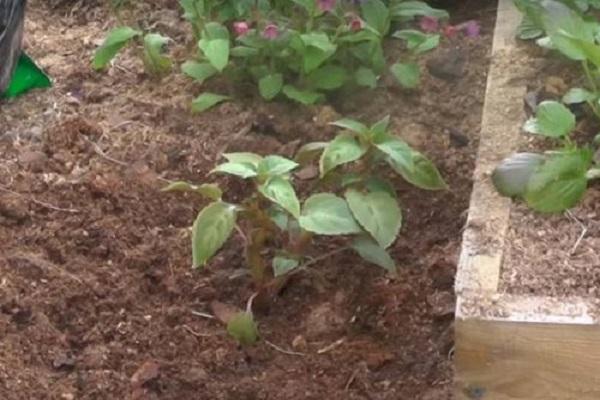
Watering
The best option is to water abundantly after sunset. Balsams love moist soil, but without stagnant water. With a lack of moisture, the plant can shed all the leaves and flower in order to survive. Naturally, no watering is needed during rain.
Lighting
In the case of similar colors, light is a double-edged sword. Without a periodically falling shadow, the flower may dry out. To fix the situation, you can plant a bush nearby. If the lighting is too weak, then Tom Samb is unlikely to bloom, but it will stretch up very much, trying to get to the light source.
Top dressing
Every two weeks, top dressing is applied with a small amount of nitrogen, as well as a moderate amount of potassium and phosphorus. With nitrogen, the main thing is not to overdo it, otherwise the stem and leaves will acquire a juicy, green color, but flowering will not occur.
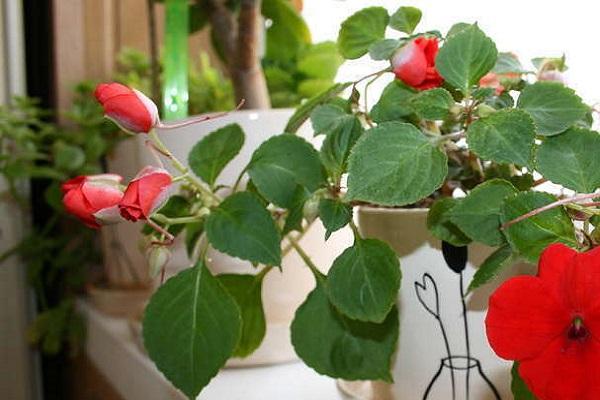
Pests and diseases
Like any other plant, Tom Samb did not escape the fact that there are pests that are eager to feast on them, as well as diseases that can harm the flower.
Gray rot
This disease appears due to excessive watering and stagnant water in the soil. As a result, the roots of the plant begin to rot. The salvation will be transplantation into new soil, as well as the removal of damaged roots. The hole in the place of the plant should be treated with a fungicide, since gray rot is mold.
Spider mite
This small insect feeds on plant sap, and the easiest way to detect it is to notice yellow spots on the leaves, which gradually spread and increase, and also something like a spider web appears, entwining the leaves. If this happens, then in the early stages you can wash the leaves with soapy water - the spider mite does not tolerate this. If this does not help, then the affected parts of the flower should be removed.
The reasons for this infection are too dry air. Accordingly, as a preventive measure, you can simply spray flowers from a spray bottle.
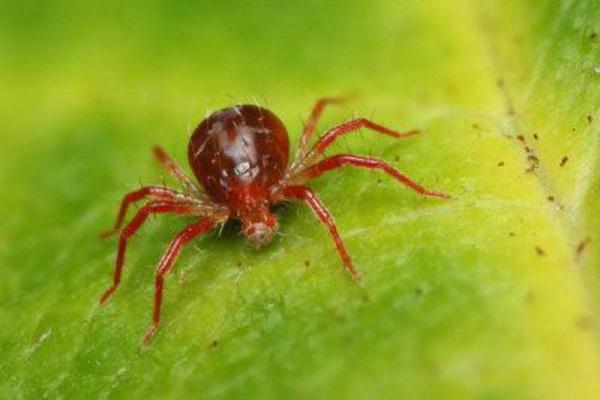
Whitefly
Whitefly is another pest that is not averse to feasting on the juice of flowers. It is detected, again, by yellow spots on the leaves and the appearance of a sticky substance on the surface of the leaves. And the insects themselves with white wings are easily detected. To save the flower, it is treated with potash soap.
Thrips
These are small beetles that have chosen young leaves as their target. In this case, the leaves are deformed and may curl. The affected parts should be removed without delay.The plant itself is then treated with an insecticide, and the topsoil is removed, because the thrips could leave their eggs there.
Multi-claw mites
Because of these pests, the leaves are deformed, almost stop growing and harden. The method of control is the removal of affected leaves and the use of insecticides. As a preventive measure, it is worth not allowing too high temperature and humidity if the plant is grown at home. Otherwise, the destruction of overgrown weeds, the removal of last year's foliage from the ground and the planting of those plant varieties that multi-claw ticks do not like will help.
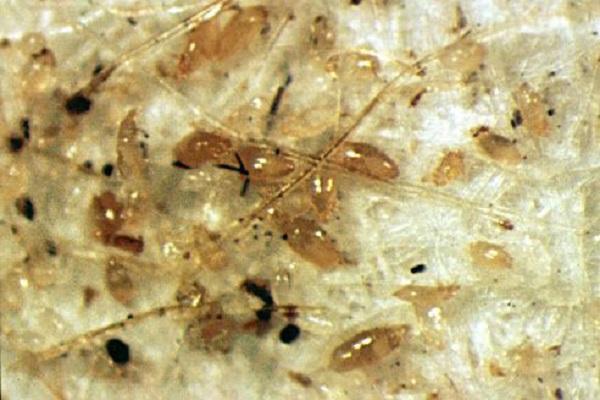
Reproduction
There are two main breeding methods for Tom Samba. Each has its own characteristics.
Cuttings
To do this, cut off the top eight centimeters of the flower and transplant them into soil or water. After about a week, the cutting will take root. Cutting is a very popular method due to its simplicity.
Seeds
The seeds are planted in the ground, to a depth of half a centimeter, keeping a distance of four centimeters between the seeds. Watering, at first, is carried out only with the help of a spray bottle. Once the roots have formed, the flowers can be planted in separate pots. These seedlings can later be planted in open ground, the main thing is to first take the pots outside for a day and take them at night so that the flowers get used to the new temperature. The procedure should be carried out for a couple of weeks.
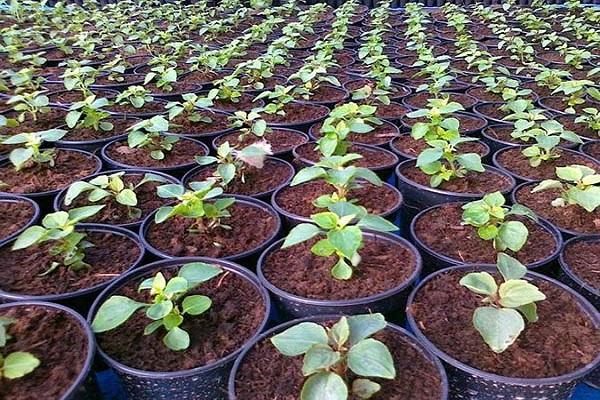
Reviews
Anna, Rostov:
“At first it was difficult - I haven’t grown such delicate flowers yet, but I did it. They are really very sensitive to touch. In the fall, I took hold of the seed box, and she immediately scattered the seeds around. "
Valentina, Kiev:
“The flower is very demanding to the place, but it is worth it. Very beautiful flowers, they look rich. And in combination with lush foliage, they look like small bouquets. "
